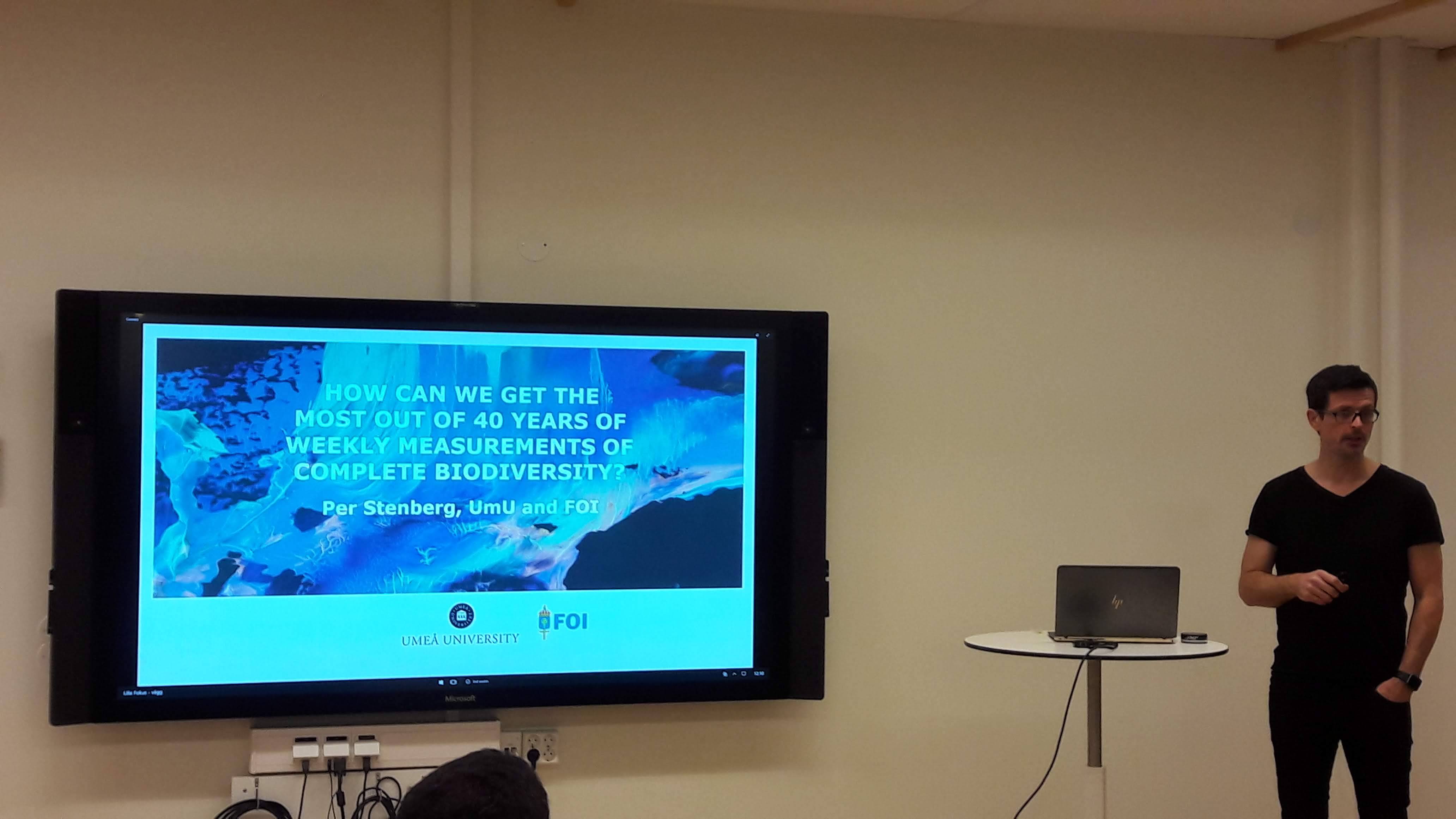Nanoscale Beauty and Complete Biodiversity
December 11, 2018
First Pitcher: Eduardo Gracia, Associate senior lecturer (assistant professor) at Department of Physics, Umeå University
Title: Beauty at the Nanoscale
Symmetry in nature is generally associated with attractive and healthy individuals, and at the nanoscale, symmetric nanomaterials are often regarded as energetically favourable with distinct properties. But, what about materials whose crystal structure is not well defined? Low symmetric nanomaterials characterized by a high concentration of defects and impurities often exhibit unique and more interesting properties than their idealized stoichiometric counterparts. But they have a catch, their complex composition and atomic structure represent a challenge during their design and optimization. So how can we speed up their discovery? Or probably more relevant, are they still beautiful?
Second Pitcher: Per Stenberg, Researcher at Department of Ecology and Environmental Sciences, Umeå University
Title: How can we get the most out of 40 years of weekly measurements of complete biodiversity?
We have recently mapped complete biodiversity in Northern Sweden over a 40-year time period with a resolution of one week. We do this by sequencing the DNA captured in air filters that have been collected weekly over the last decades. In these filters, we can identify all types of organisms (plants, animals, fungi, bacteria and viruses) from all types of habitats (soil, water, land and air). The filters capture even vertebrates along with the parasites living in their intestines. We can also study genetic diversity within species and frequencies of individual genes such as those providing antibiotic resistance in bacteria. We want to study how a warming climate affects the variety and variability of life and how the prevalence of pathogens and environmental antibiotic resistance has changed over the past decades, using 40 years of weekly air filter samples and DNA sequencing. We also plan to use this data to make models aimed at studying interactions between organisms as well as weather conditions and make predictions of future trends. How can we normalize the data we have? How can we visualize highly complex time-series data? How can we construct meaningful models of the ecosystem that can be used for predictions of future trends? Which other important biological questions could be addressed using the massive data we now have?

